
Environmental issues and monsters (Minakata Kumagusu, Oshirasama, Kappa)
recently,"SDGs” (Sustainable Development Goals) is trending.
Nowadays, everyone is talking about the SDGs, but more than 10 years ago, in 2008, the Hokkaido Toyako Summit also mentioned "education for sustainable development."Sustainable DevelopmentThe idea itself is said to have spread long ago from the United Nations Earth Summit in 1992.
Regarding environmental issues, Environment Minister Shinjiro Koizumi said in late September:Great news that you ate steakcaused a stir in the world.
In response to a question about whether eating beef is indirectly bad for the environment because cows emit methane gas, a greenhouse gas, Minister Koizumi reportedly gave the irrelevant answer, "I would like to eat it every day."
Additionally, 16-year-old Swedish woman Greta Thunberg made headlines when she gave a fiery speech aimed at the "adult" generation at the United Nations Climate Change Summit in New York.
I think it's amazing that Greta is so active despite being so young, but I also think it's not good to provoke others, and I think it's hopeless to have only appearances and no substance. (I feel that way.)
Minister Koizumi has been the subject of much discussion for his "sexy remarks" and poetic comments about "how old I will be in 30 years' time," but they are so meaningless that they are amusing. With an ordinary person's mind, one would have to think about the meaning, so I don't think one could make such statements. He must be someone who exists in a space-time that transcends human understanding. (Although they are similarly meaningless, the National Party, for example, is in a dangerous realm where real harm can be caused. This is difficult to discuss as it involves issues of religion and discrimination.)
In addition, there are an increasing number of cases where companies are taking action on environmental issues in practice, such as through environmental accounting and material flow cost accounting. Recently, the bribery scandal at Kansai Electric Power has been in the news, and the introduction of a carbon tax has been discussed, so environmental issues are not far away from ordinary people.
Furthermore, environmental issues are inseparable from yokai.
Environmental theory in folklore
The world in which yokai live is the natural world, and it is believed that humans control nature while being allowed to live within it.
Furthermore, folklore studies, which include yokai as a research subject, focus on collecting folklore traditions that are passed down in the lives of ordinary people who live in harmony with nature, and these traditions are filled with wisdom about life in relation to the natural environment.
To give a specific example,Kumagusu MinakataHowever, he is famous for being a pioneer of the environmental protection movement and ecology because he opposed the Meiji government's "shrine amalgamation" and campaigned to protect shrines and shrine forests.

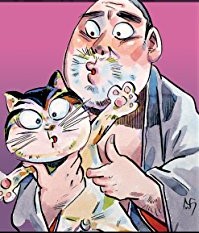
Kumagusu, a biologist who studied slime molds, was concerned not only that the closure of the shrines would lead to the collapse of local community customs and traditions, but also that precious living things would become extinct if the shrine forests were cut down.
By the way, Minakata Kumagusu was a man of folklore, biology, and natural history, and spoke more than six languages. He also studied literature from all over the world, past and present, so he said to Yanagita,The Limits of Japanese PotentialIt was apparently described as "
theKunio YanagitaHe was the man who systematized Japanese folklore and established it as an academic field. He grew up in Tsujikawa, Tahara Village, Hyogo Prefecture, studied agricultural administration at Tokyo Imperial University, and after graduating joined the Ministry of Agriculture and Commerce, where he mainly investigated and researched the realities of rural areas in the Tohoku region. During this time, he became acquainted with Sasaki Kizen of Tono, Iwate Prefecture, andTales of Tono" This led him to write "
Unlike Kumagusu, Yanagita himself did not directly discuss environmental theory or views of nature. Folklore has dealt with the biggest social issues for ordinary people (commoners) in each era, but in Yanagita's time, the "environment" was not as big a social issue as it is today. However, since the lives of the people (farmers, fishermen, etc.) that are the main subject of folklore were close to nature, one of the aims of folklore is to understand the common people's views of nature.
The common people's view of nature and Oshirasama
For example, "Tono Monogatari" also appears inOshirasama" is an agricultural god who helps with rice planting, weeding, and grain harvesting, and is said to be the god of sericulture in particular. He is often depicted with a horse's head.
In an old tale from the Tohoku region, there was a farmer's daughter who got along well with the family's horse, and they eventually became husband and wife. Her father became angry and killed the horse and hung it from a tree. When the daughter found out about the horse's death, she clung to it and cried. This made her father even more angry, and he cut off the horse's head. The daughter immediately jumped onto the horse's neck, and it rose into the sky, becoming Oshirasama.

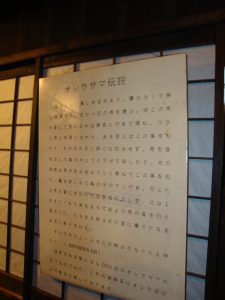

Afterwards, the daughter flew into the sky and appeared in her parents' dreams, teaching them how to raise silkworms in a mortar with mulberry leaves, and how they produced silk thread, which is said to be the origin of sericulture.
In this way, folklore tells us what the Japanese people of the past (ordinary people) felt, thought, and lived about nature, gods, human life and death, and the state of society.
Environmental issues and kappa
Also, it is a famous yokai.KappaIt is said to be a monster that was born from a fallen water god.
In Asakusa, there is a goldenKappa KawataroA statue has been erected.

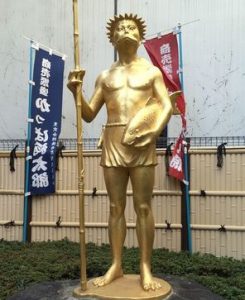
He made his fortune as a merchant during the Bunka era of the Edo period.Raincoat shop KihachiBecause the drainage around the current Kappabashi Bridge was poor, he spent his own money to carry out flood control work.
I couldn't bear to see the flood control works going wrong.Kappa of the Sumida RiverHowever, he was impressed by Kihachi's manly spirit and would show up every night to help with the construction, and before long the project was completed without incident.
Apparently, people who saw the kappa in the Sumida River later found their business flourished, and so the kappa came to be worshiped as a god of prosperity in Kappabashi Dogu Street.
Now, Kappa objects are displayed everywhere in the Kappabashi shopping arcade, and the area is filled with water and greenery.Creating an environment where kappa's dishes don't dry outWith this goal in mind, the shopping district is working together with Kappa to develop the town.

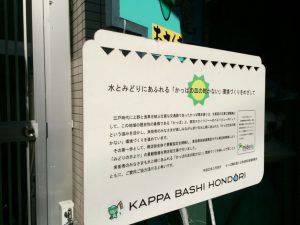
By the way, in Asakusa, close to Kappabashi Doguya-gai,Sogenji Templeteeth"Kappa Temple" has another name,Mummified Kappa (Water Tiger) HandIt is famous for enshrining
There are many kappa in the precincts, so if you're a fan of monsters, it would be interesting to visit.
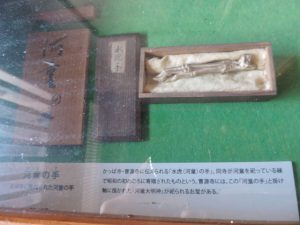
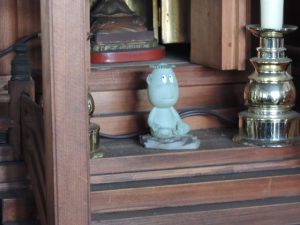
In this way, thinking about kappa is thinking about the environment, and thinking about environmental issues leads to thinking about yokai; this chain of organic relationships can be said to be an ecosystem.
Image: Shigeru Mizuki (Neko Kusunoki), Keishi Watanabe (photographed near Denshoen in Tono, Iwate Prefecture, Asakusa, and Kappabashi)
Text by Keishiro Watanabe
References: "Cat Kumagusu: The Life of Minakata Kumagusu" (Shigeru Mizuki, Kadokawa Bunko), "The Philosophy of Yanagita Folklore" (Takayuki Torigoe, University of Tokyo Press), "Environmental Sociology: Thinking from the Standpoint of the Consumer" (Takayuki Torigoe, University of Tokyo Press)
■ Keishiro Watanabe (Kei-chan)
Born in Asahikawa, Hokkaido. Graduated from the School of Human Sciences at Waseda University. An independent researcher of monsters.
He currently splits his time between Sapporo, Hokkaido, and Tokyo, and works as a management and IT consultant, but he studied folklore and cultural anthropology at university, and continues to study yokai as his life's work.
I am currently writing articles about monsters associated with Hokkaido, where I currently live, as well as current news about business and economics.
Twitter:https://twitter.com/keishiro_w


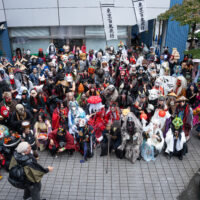
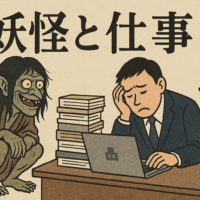
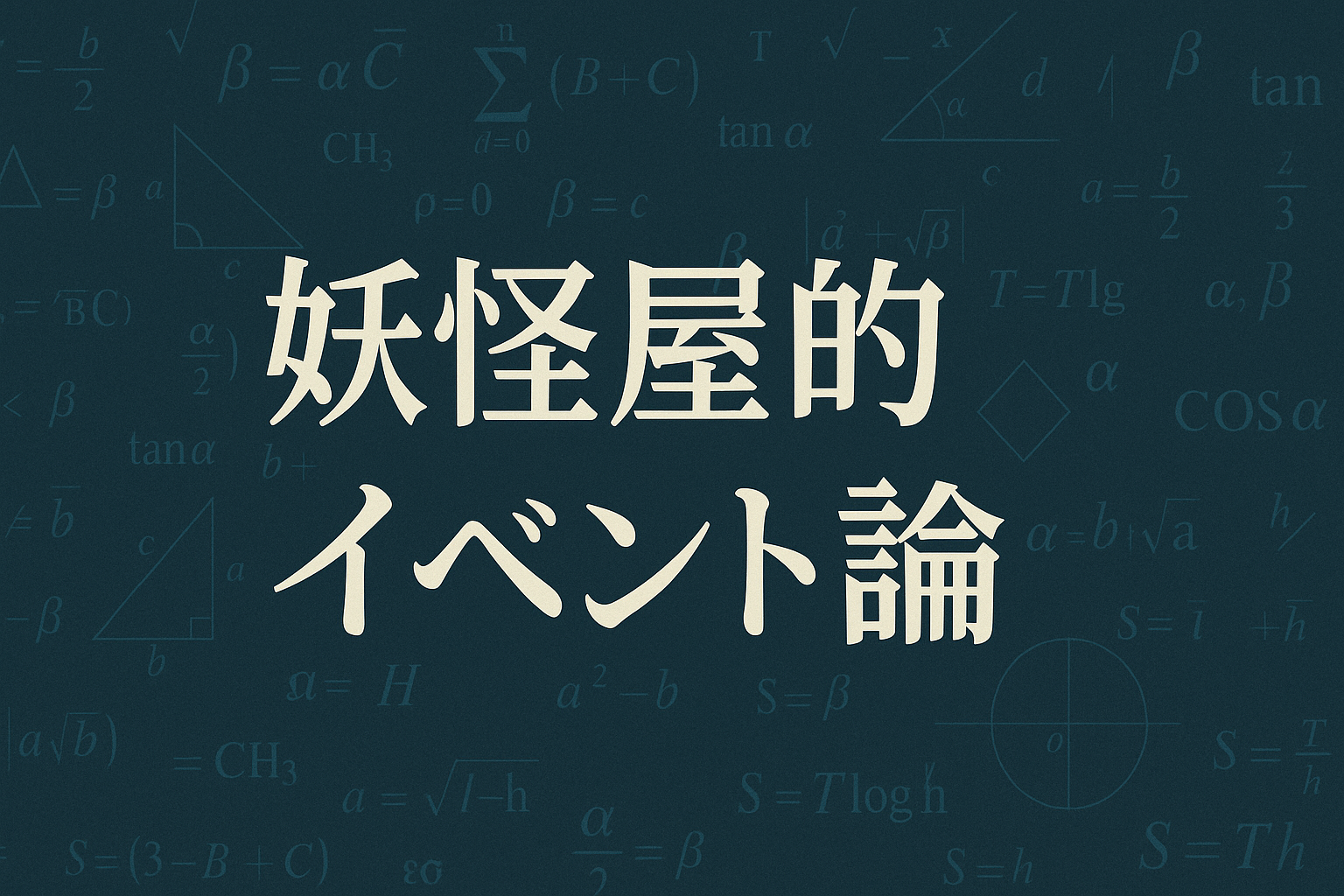



Comment testing